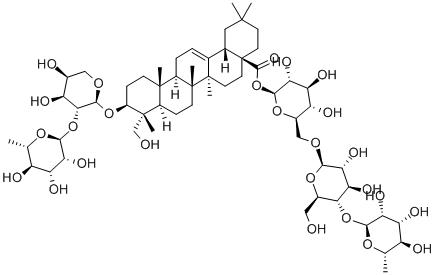Determination of soluble sugar content in plants (anthrone method)
-
Last Update: 2021-01-06
-
Source: Internet
-
Author: User
Search more information of high quality chemicals, good prices and reliable suppliers, visit
www.echemi.com
, objective:
sugars are one of the important components of plants, but also the main raw materials and storage materials of metabolism. Different load conditions, different maturity can affect the content of sugar in fruits and vegetables. Therefore, the determination of soluble sugar in fruits and vegetables can understand and identify the quality of fruits and vegetables.
2. Principle
Sugars are dehydrated by thick sulphuric acid to produce glycodehyde or its derivatives, the reaction is as follows:
acetaldehyde or hydroxymethylphenidate further and ketone
reagents
shrink to produce a blue-green substance, which has the greatest absorption at 620nm wavelength in the visible light region, and its light absorption value in a certain range is positively related to the content of sugar.
this method can be used for the determination of the content of monosaccharine, oligosaccharine and polysaccharose, and has the advantages of high sensitivity, simple and fast, suitable for the determination of trace samples and so on.
, experimental materials, instruments and reagents,
1. Materials: cabbage leaves, citrus
2. Instrument:
hydrometer rmostat
water tank 20ml plug scale
test tube
(3)
funnel
100 ml
capacity bottle
tick test tube rack scissors research
3. Reagents:
(1) 200 mg/ml standard glucose: AR grade glucose 100mg, distilled water dissolved, fixed capacity to 500ml.
(2) ketone reagents: 1g ketones, dissolved with ethyl acetate, fixed capacity to 50ml, brown bottles to avoid light storage;
(3) strong sulfuric acid.
。
This article is an English version of an article which is originally in the Chinese language on echemi.com and is provided for information purposes only.
This website makes no representation or warranty of any kind, either expressed or implied, as to the accuracy, completeness ownership or reliability of
the article or any translations thereof. If you have any concerns or complaints relating to the article, please send an email, providing a detailed
description of the concern or complaint, to
service@echemi.com. A staff member will contact you within 5 working days. Once verified, infringing content
will be removed immediately.







